Curious about what is Karak Network and how it’s reshaping blockchain security? This guide will break down everything you need to know about Karak’s unique restaking model, its core components, and potential opportunities like airdrops. Keep reading to discover why Karak is gaining attention in the crypto world!
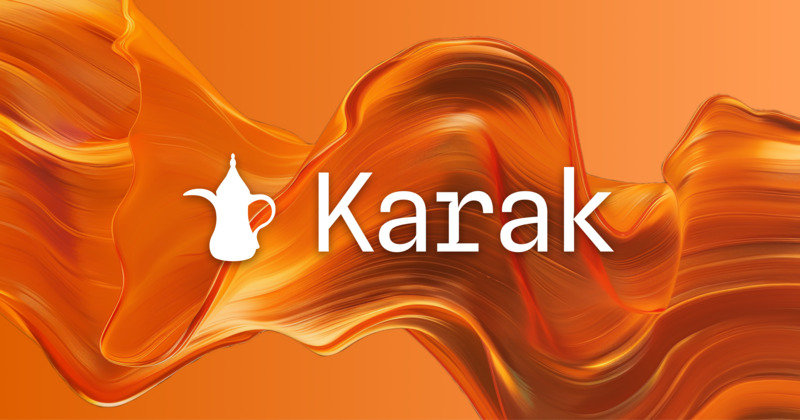
What is Karak Network?
Karak Network is a blockchain innovation designed to enhance decentralized security by using a concept called restaking. If you’re wondering why this matters, it’s because security in blockchain networks is essential for everything from DeFi to NFTs. But traditional staking has its limitations. That’s where Karak steps in.
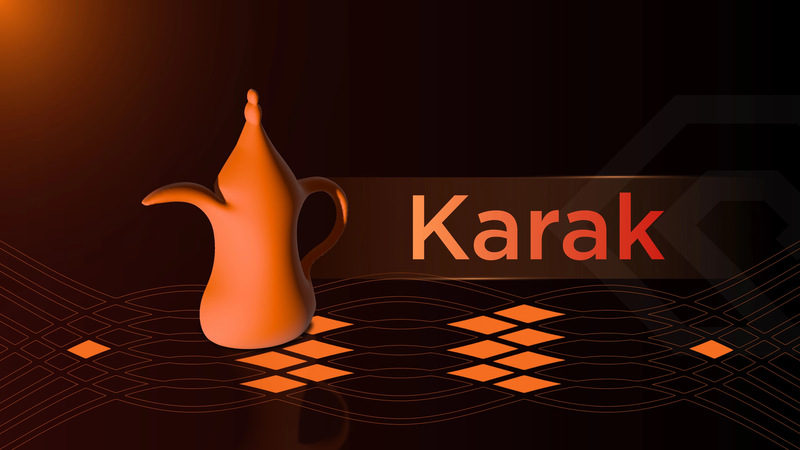
How Karak Network works
At its core, Karak takes the assets you’ve already staked and allows you to reuse them. This process is called restaking, and it’s what powers Karak’s unique security model. So, instead of leaving your assets idle, you can put them to work again. You can restake a range of assets such as Ethereum, stablecoins, or Liquid Staking Tokens (LSTs).
What makes Karak different is that it provides a multi-asset restaking system. This means instead of staking a single asset, you can combine multiple assets like Ethereum and stablecoins. Why is this important? Imagine a scenario where Ethereum faces a sudden drop in value; having a mix of assets reduces the impact on your investments and improves the overall security of the network. This flexibility is a game changer for ensuring stability.
Karak introduces Distributed Secure Services (DSS). These are applications that rely on restaked assets to maintain their security. DSS can be oracles, data availability services, or even DeFi applications. You allow these services to tap into the power of your staked assets while earning rewards. It’s a win-win.
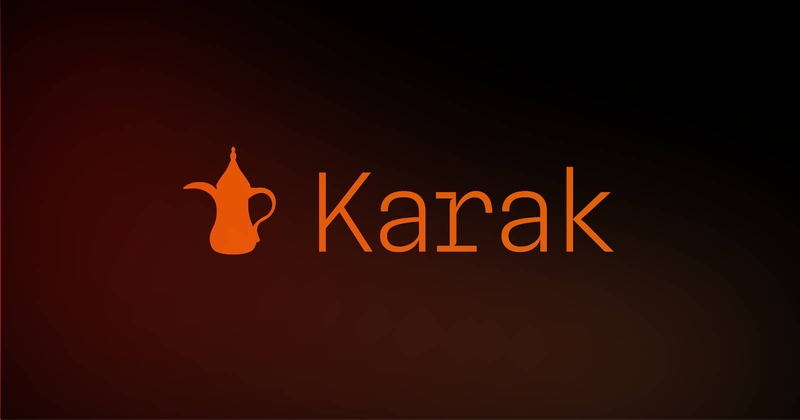
Key features and components of Karak
Karak offers something that the market hasn’t seen before—a universal security layer. Most blockchain applications struggle with security, and often, developers have to create a security solution from scratch. Karak eliminates that need by providing ready-to-use security across multiple blockchains. It allows projects to focus on building applications without worrying about validator sets or inflationary reward systems.
The Restake Anywhere feature is one of Karak’s standout components. Typically, developers need to work on Ethereum to take advantage of staking infrastructure. However, most decentralized applications are built on Layer 2 solutions or sidechains. Karak’s universal design ensures that developers can restake assets across multiple chains, offering more flexibility for project deployment.
Another notable feature is Turnkey Development. This is a suite of tools that enables developers to integrate restaking into their applications quickly. With Karak’s SDK, developers can easily build new functionality into their applications or use the existing ones to enhance security.
Key use cases of Karak Network
The most immediate use case of Karak is its ability to secure Decentralized Finance (DeFi). DeFi platforms often use inflationary tokens to reward validators, but this leads to long-term unsustainability. Karak enables protocols to reduce their reliance on inflationary rewards by using Distributed Secure Services (DSS), which utilize restaked assets to maintain security.
Karak also improves security for data availability services like oracles and bridges. These services are critical for decentralized applications, and they require robust security to ensure the accuracy and availability of data.
For new blockchains, bootstrapping security from the ground up is costly and time-consuming. Karak offers a ready-made solution by providing blockchain bootstrapping capabilities. New projects can leverage Karak’s security model from day one without needing to establish their own validator sets.
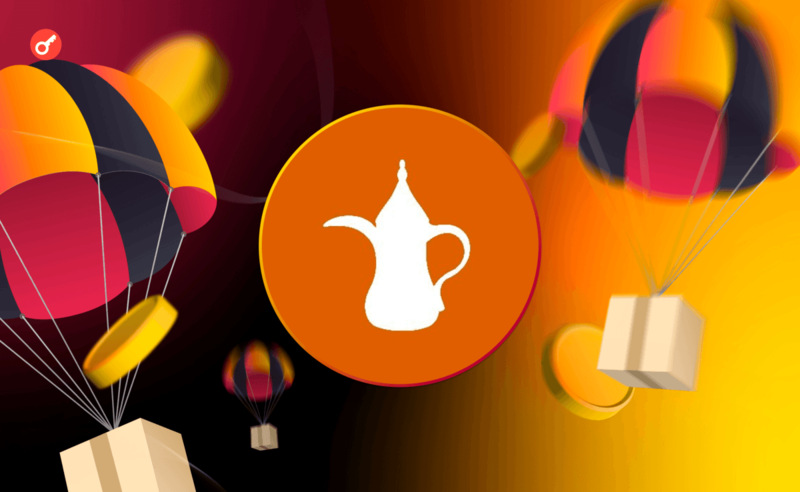
Key components of Karak V2 (Keystone Upgrade)
Karak V2, known as the Keystone upgrade, builds upon the initial success of Karak V1. V2 introduces a range of improvements, including a modular restaking architecture. The Keystone Testnet allows developers to build and deploy Distributed Secure Services (DSS) more efficiently by utilizing just four main contracts: Core, Vault, SlashingHandler, and DSS.
Slashing is a key part of Karak’s security model. It ensures that validators are punished if they fail to meet the agreed-upon security requirements. Karak V2 introduces more flexible slashing conditions, allowing projects to tailor the slashing process to their needs.
The Keystone upgrade also improves developer and operator ecosystems. Developers can now build custom DSS services with ease, and operators can register as validators on the testnet, participating in securing the network while earning rewards.
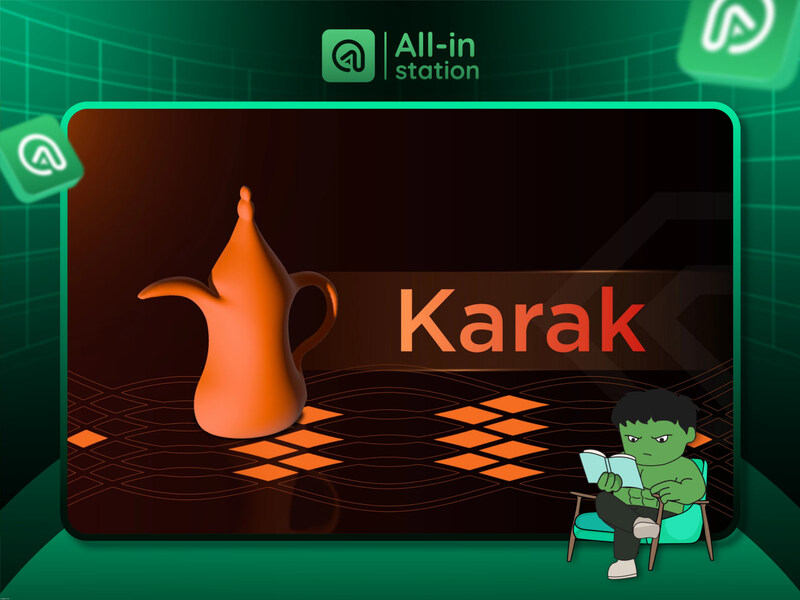
How to participate in Karak Network
Participating in the Karak Network is simple. As a staker, you can restake your assets, such as Ethereum or stablecoins, to contribute to the network’s security. This not only helps secure decentralized applications but also earns you additional rewards.
For developers, Karak offers an easy way to integrate security into their applications. With Karak’s SDK and development tools, you can build Distributed Secure Services or enhance existing applications with additional security measures.
Operators can also get involved by acting as validators. Karak allows validators to secure multiple applications, all while earning rewards for their efforts. By becoming an operator, you help maintain the integrity of the network.
How to hunt for Karak airdrop
If you’re looking to capitalize on potential airdrops from Karak, following the right steps and staying informed is crucial. Karak hasn’t launched its token yet, but the chances of an airdrop in the future look promising. Here’s a step-by-step guide to make sure you’re eligible if the opportunity arises.
-
Sign up
- Visit the official Karak Restaking page. You can sign up and start your journey toward potential rewards.
-
Connect your wallet
- Once you’ve signed up, connect your Ethereum or Arbitrum wallet to the Karak platform. This will enable you to interact with their restaking services and participate in staking activities.
-
Stake your tokens
- After connecting your wallet, select a pool and stake your tokens. Karak currently supports several assets, including:
- Liquid staking tokens such as Lido (wstETH) and Swell (swETH).
- Liquid restaking tokens like Etherfi (weETH) and Swell (rswETH).
- Stablecoins, including USDC and USDT.
- After connecting your wallet, select a pool and stake your tokens. Karak currently supports several assets, including:
-
Get swell tokens for more benefits
- To earn swETH, you’ll need to stake ETH. For rswETH, you restake ETH through Swell. By doing so, you not only participate in Karak’s ecosystem but also become eligible for the Swell airdrop.
-
Earn multiple rewards
- By staking your assets on Karak, you won’t just earn regular staking rewards. You’ll also collect EigenLayer points and Karak XPs for contributing to network security.
- If you refer friends to the platform, you can earn even more XPs, increasing your likelihood of receiving future rewards.
-
Collect XPs for airdrop eligibility
- Karak XPs are a key metric that could determine your eligibility for a future airdrop if Karak launches its token. While it’s not confirmed, users who actively participate and collect XPs are in a better position to receive these speculative rewards.
-
Stay updated
- Follow Karak’s official social channels like Twitter to stay in the loop about new campaigns or airdrop opportunities. Remember, though, there’s no guarantee they’ll launch a token or offer an airdrop, but the more you’re involved, the better your chances.
While there’s no certainty in a future airdrop, these steps put you in the best possible position to take advantage of one if Karak decides to launch its token.

Advantages of using Karak Network
For developers, Karak significantly reduces the cost and complexity of building secure decentralized applications. There’s no need to establish new validator sets or issue inflationary rewards. Instead, you can rely on Distributed Secure Services to maintain security, freeing you up to focus on innovation.
For stakers, the Karak Network offers multiple revenue streams. Not only do you earn rewards from your primary staking activities, but you also gain additional rewards from restaking in Karak. This adds a layer of financial flexibility that traditional staking cannot offer.
Finally, validators benefit from a marketplace of Distributed Secure Services, where they can choose which applications to secure. The rewards are more flexible, and the slashing mechanisms are tailored to individual needs, offering better security for all parties involved.
Roadmap and future developments of Karak
Looking ahead, Karak has exciting plans in store. New DSS services are set to launch, along with additional chain integrations. Expect support for a broader range of assets, making Karak even more versatile as a security layer.
Karak’s long-term vision is to become the go-to solution for decentralized security across all blockchains. Whether it’s securing DeFi, oracles, or new blockchain protocols, Karak aims to set the standard for cryptoeconomic security.
